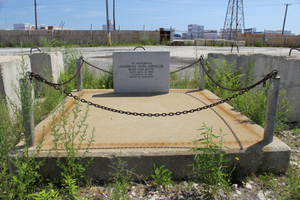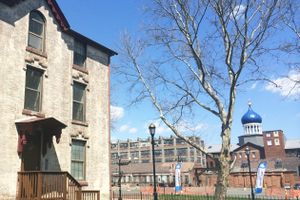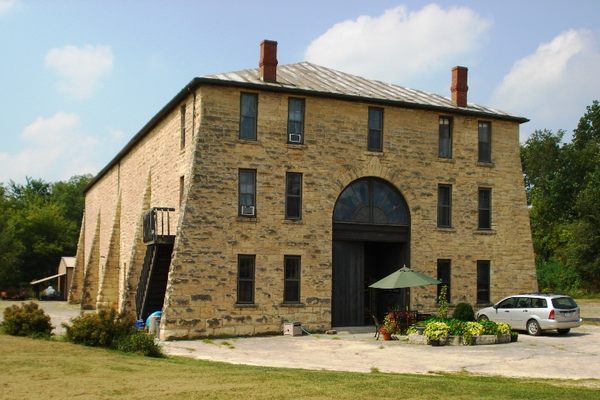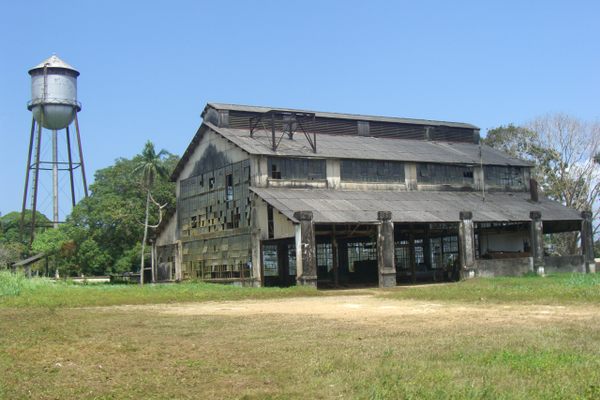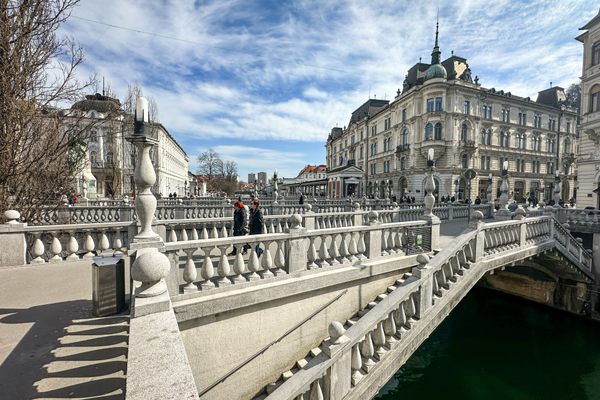About
Built in 1880 on 4,000 acres of land outside of the Chicago city limits, Pullman, Illinois, was the first industrial planned community in the United States.
George Pullman, of the Pullman (railroad) Car Company, built the south residential portion of the company town first, which contained 531 houses, some of which stand today more or less as they did originally.
The first permanent residents moved into the town on January 1, 1881. By April, the Pullman car shops were in operation, and by May, more than 350 people lived in Pullman. At its peak, the town was entirely company-owned, providing housing, markets, a library, a church, and entertainment for the 6,000 company employees and an equal number of dependents.
The design of a suburban working-class community was a radical notion for the time. However, the rigid class structure of the town was immediately evident. The executive row of houses was located closest to the factory, to spare the executives from passing the working-class residences. The housing for the foremen was slightly more modest, and bordered a large park.
The worker housing was the smaller, cheaper, and farther away from the factory, but was unprecedented in its quality for the time. The rowhouses contained amenities that were not standard in working-class housing at the time, including indoor plumbing, gas, regular garbage pick-up, and sewers. The town was mostly built using elements of American Queen Anne architecture. Architectural continuity was maintained by similarity of proportions, repetition of key details, and setbacks from the street.
Employees were not required to live in Pullman, though preferential treatment was given to those who did. Alcohol was prohibited, as George Pullman found it a distasteful habit for his workers. It was available in the company's Hotel Florence for the benefit of the hotel guests, but was generally too expensive for laborers. New towns and breweries sprang up nearby to satisfy the workers alcohol needs.
The demand for Pullman cars slackened during the recession of 1894. The Pullman Company laid off hundreds of workers and reduced the wages of the remaining labor force. Despite these cutbacks, the Company did not reduce rents for those that lived in the town of Pullman. As a result, the Pullman Strike began in 1894, and lasted for 2 months. It spread across the railroad industry and, at its peak, involved 250,000 workers in 27 states.
After the turmoil of the strike, the Illinois Supreme Court required the company to sell off the town. It was annexed by the City of Chicago in 1889. The town gradually became a regular Chicago neighborhood, only with distinguishing Victorian architecture.
In 1960, the original Town of Pullman was threatened with total demolition to make way for an industrial park. The residents there formed the Pullman Civic Organization and saved their community. By 1972 the Pullman Historic District had obtained National, State, and City landmark status to protect the original row houses and public buildings, including Hotel Florence, the Greenstone Church, and the Pullman School. President Obama named Pullman a National Monument in 2015, the first and only National Parks designation in Chicago.
The National Parks is currently undertaking a multimillion dollar renovation of the Administration Building, which will be reimagined as a full service visitor center. The area is seeing new development for the first time in decades, with new retail recently opened, and in the works is ArtSpace Lofts, a mixed-use affordable live/ work space for artists and their families, being developed in partnership with Artspace Projects, Chicago Neighborhood Initiatives, and PullmanArts.
Related Tags
Published
September 13, 2016











